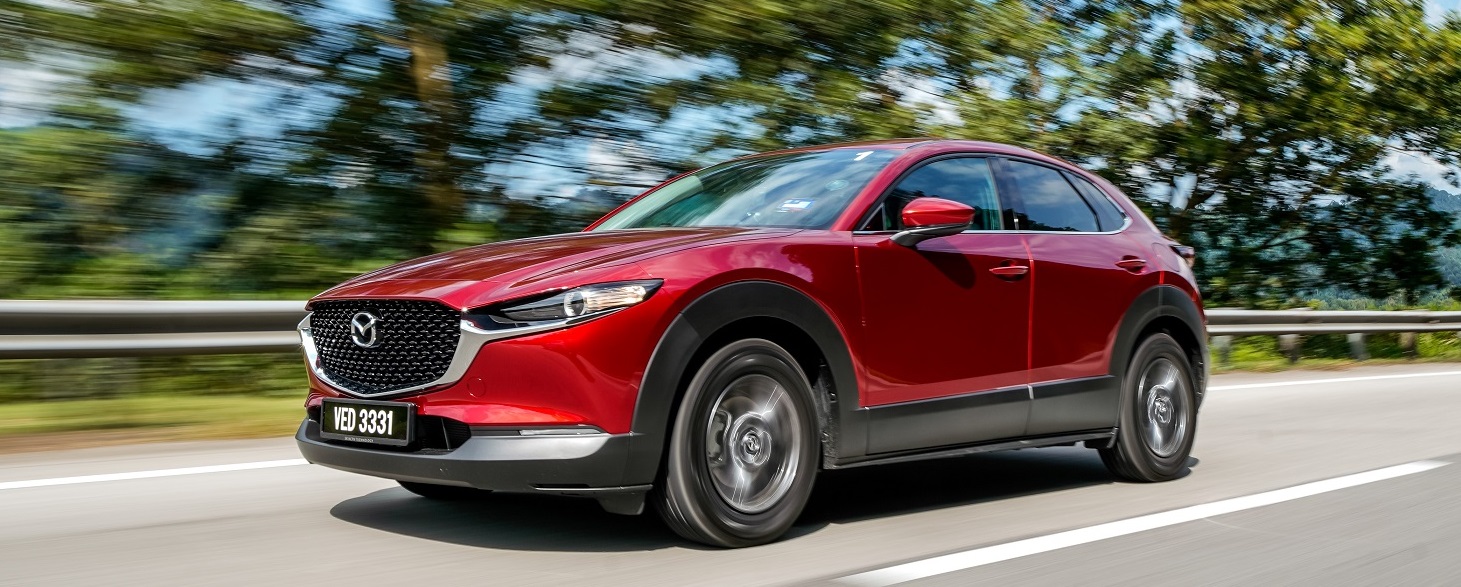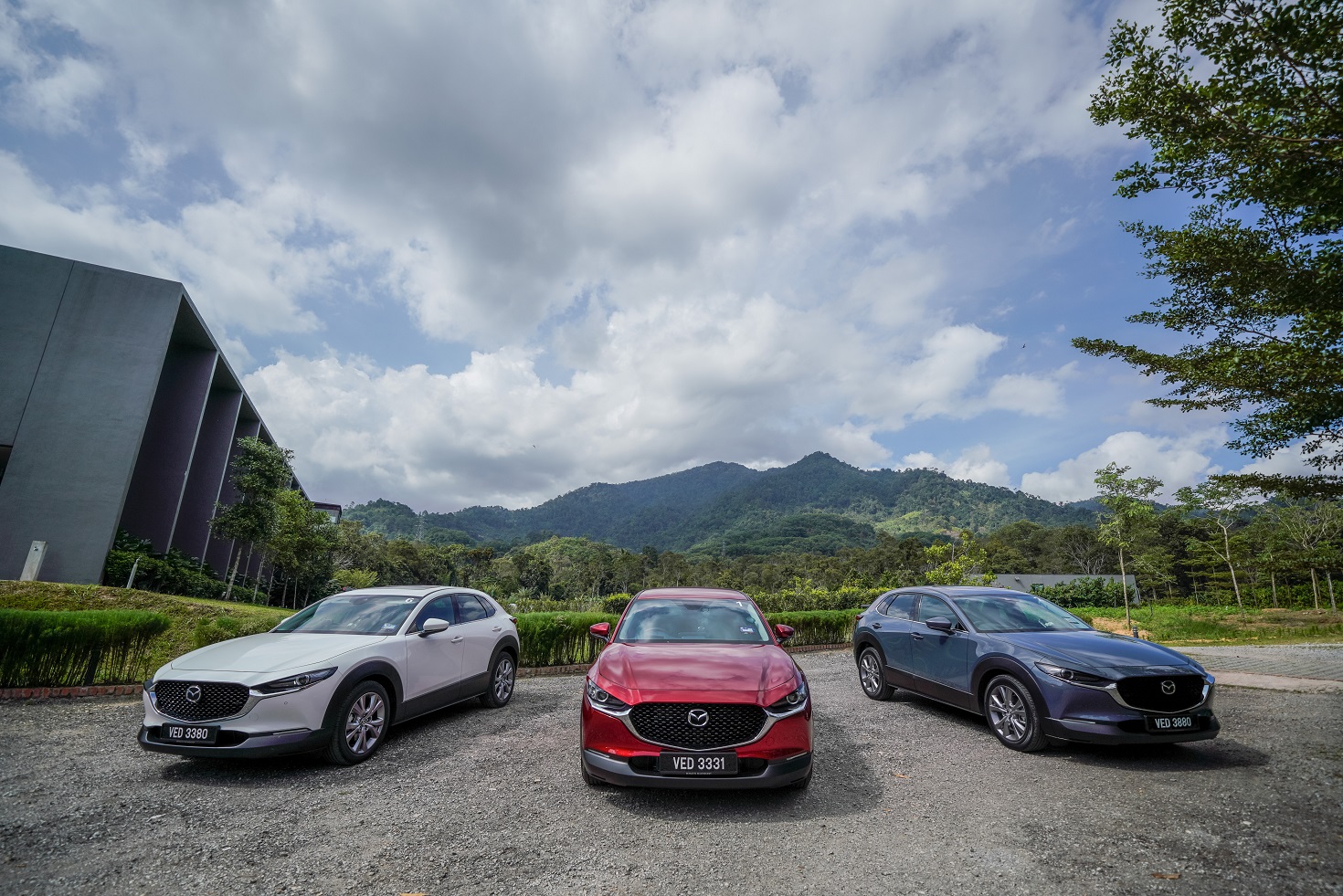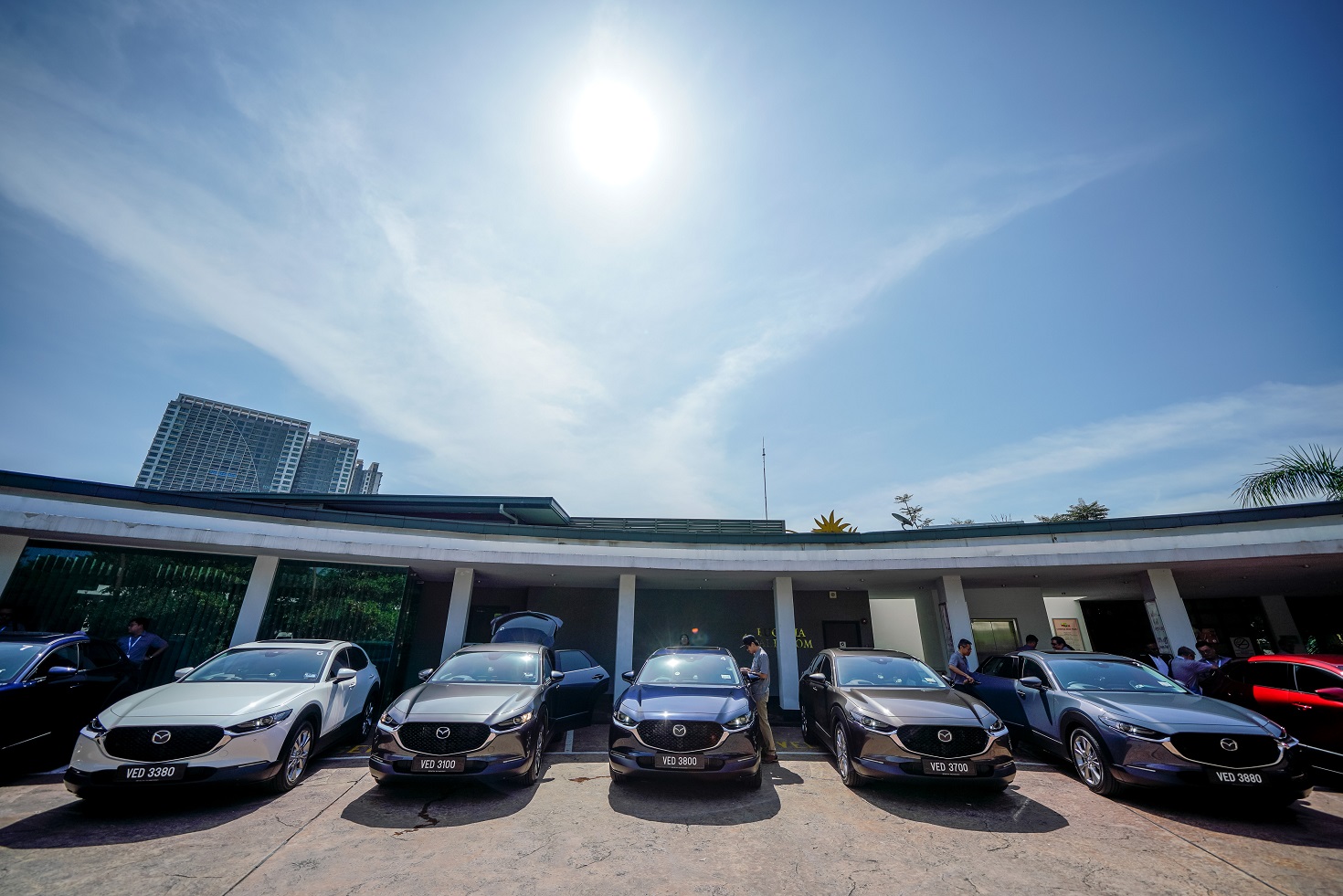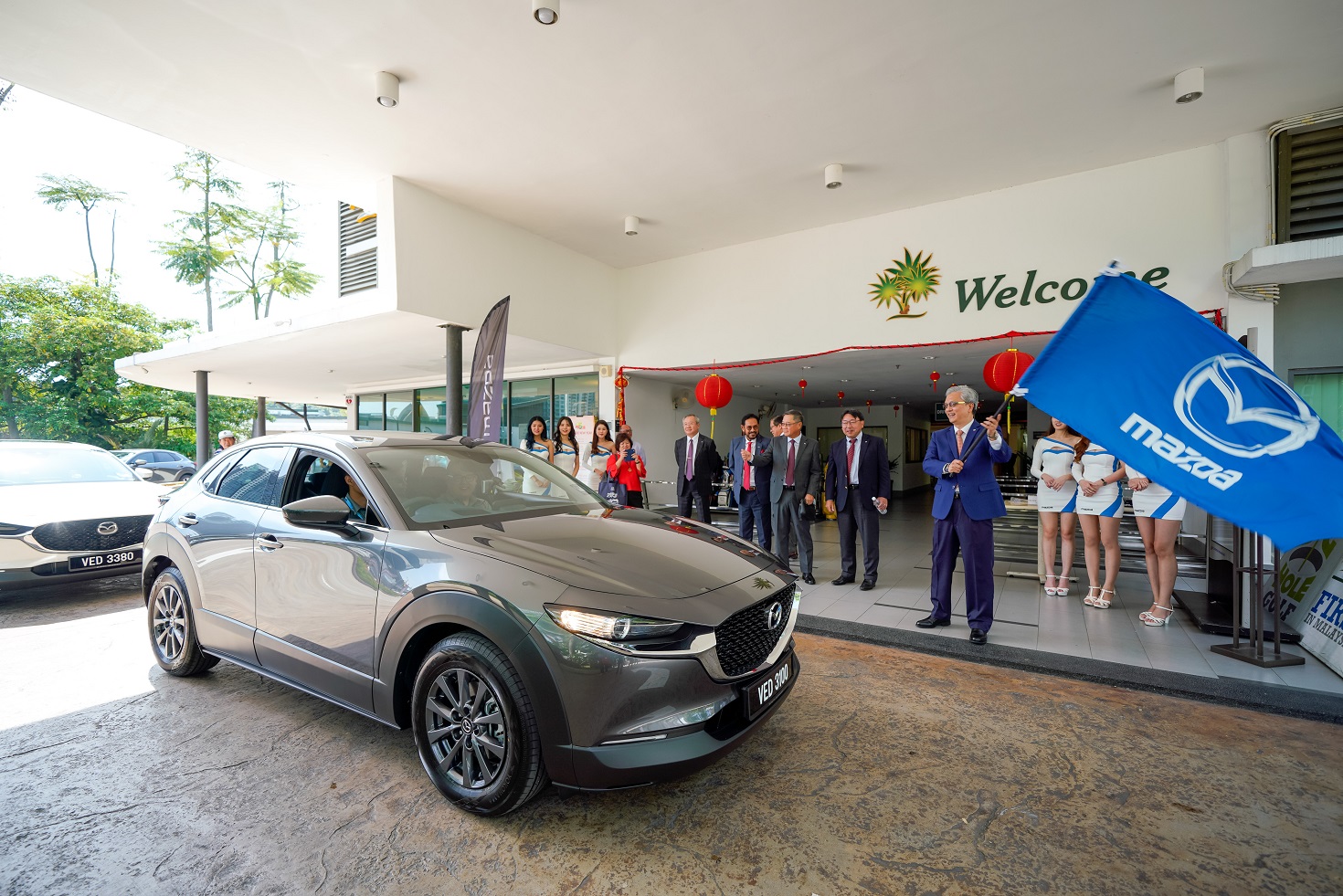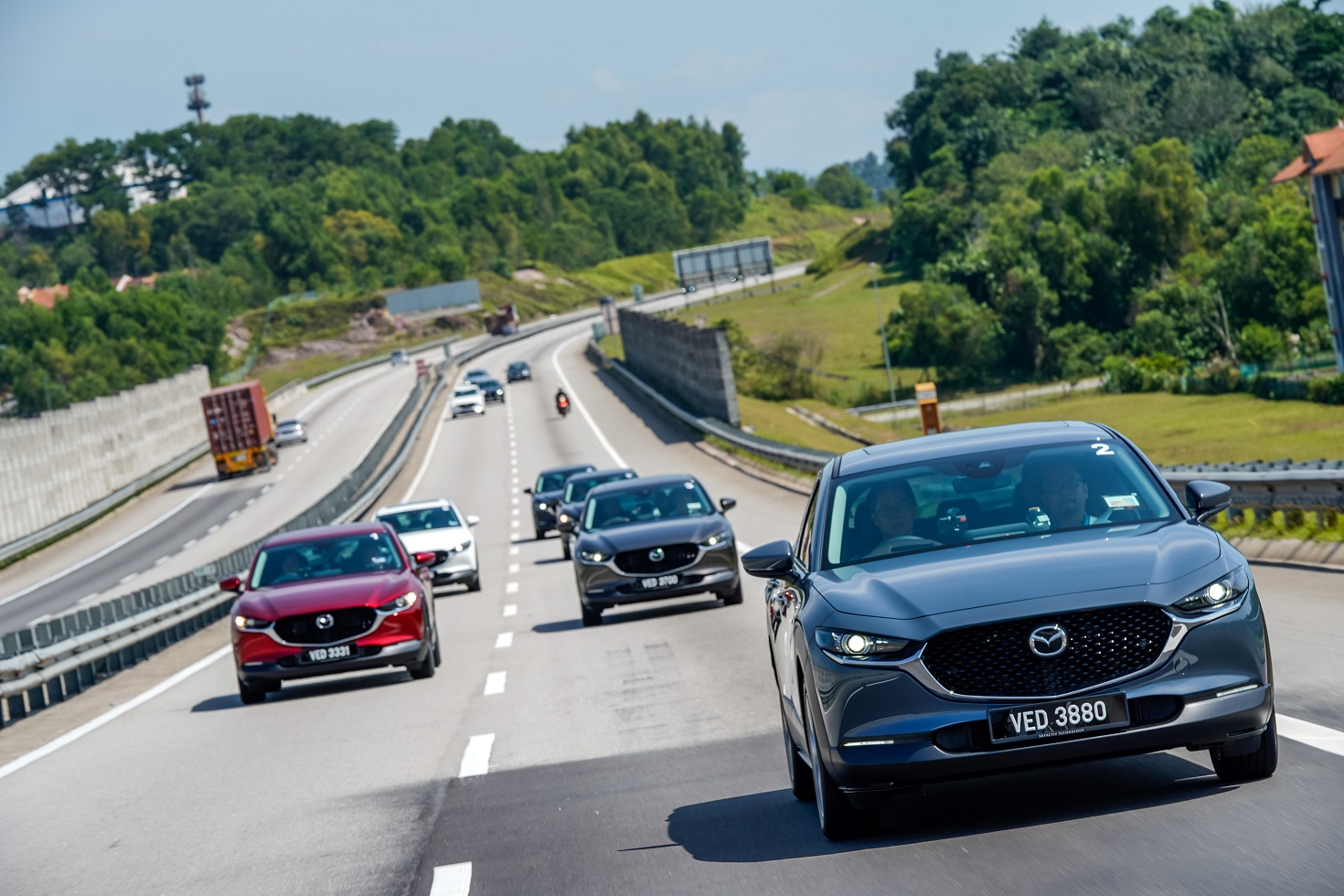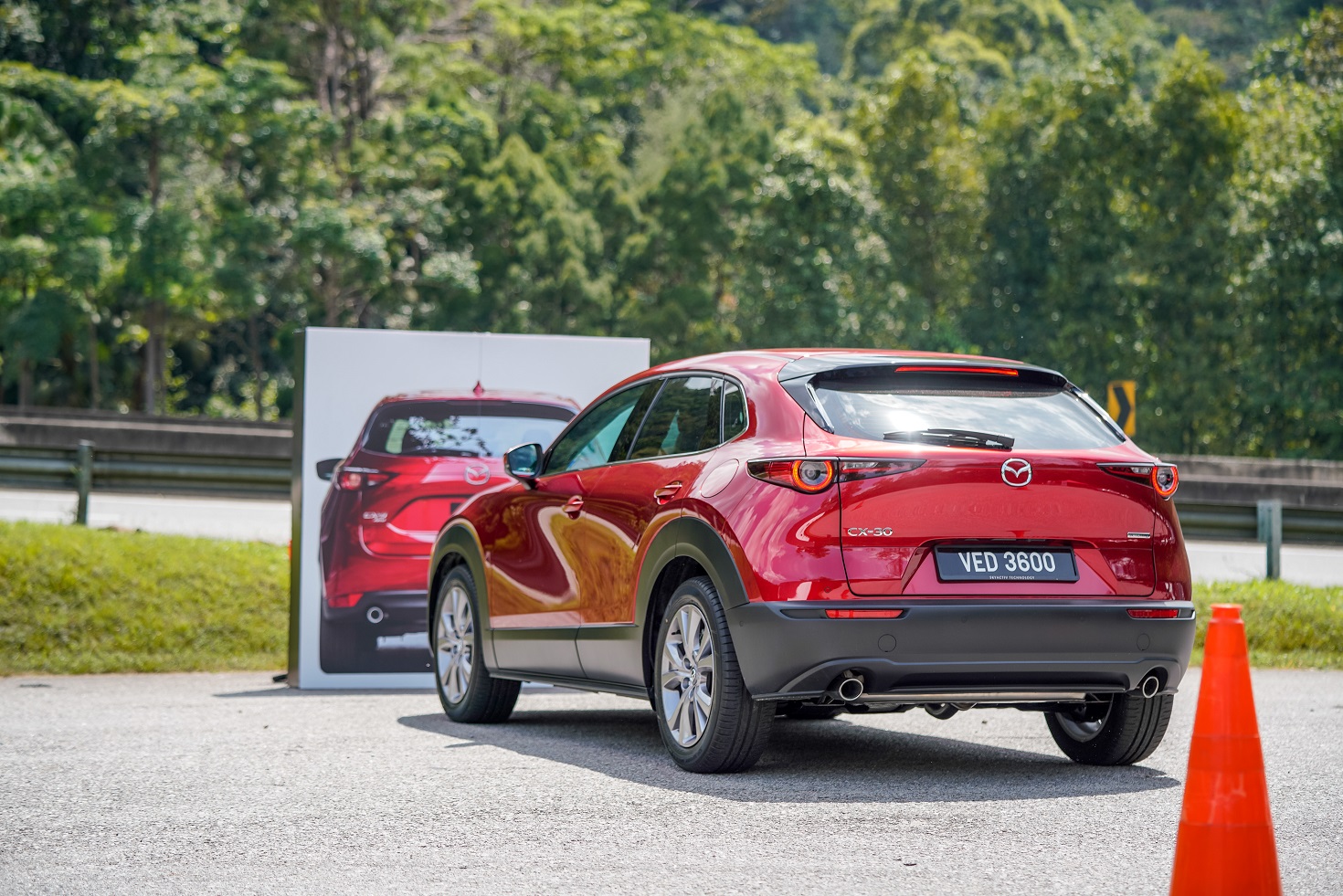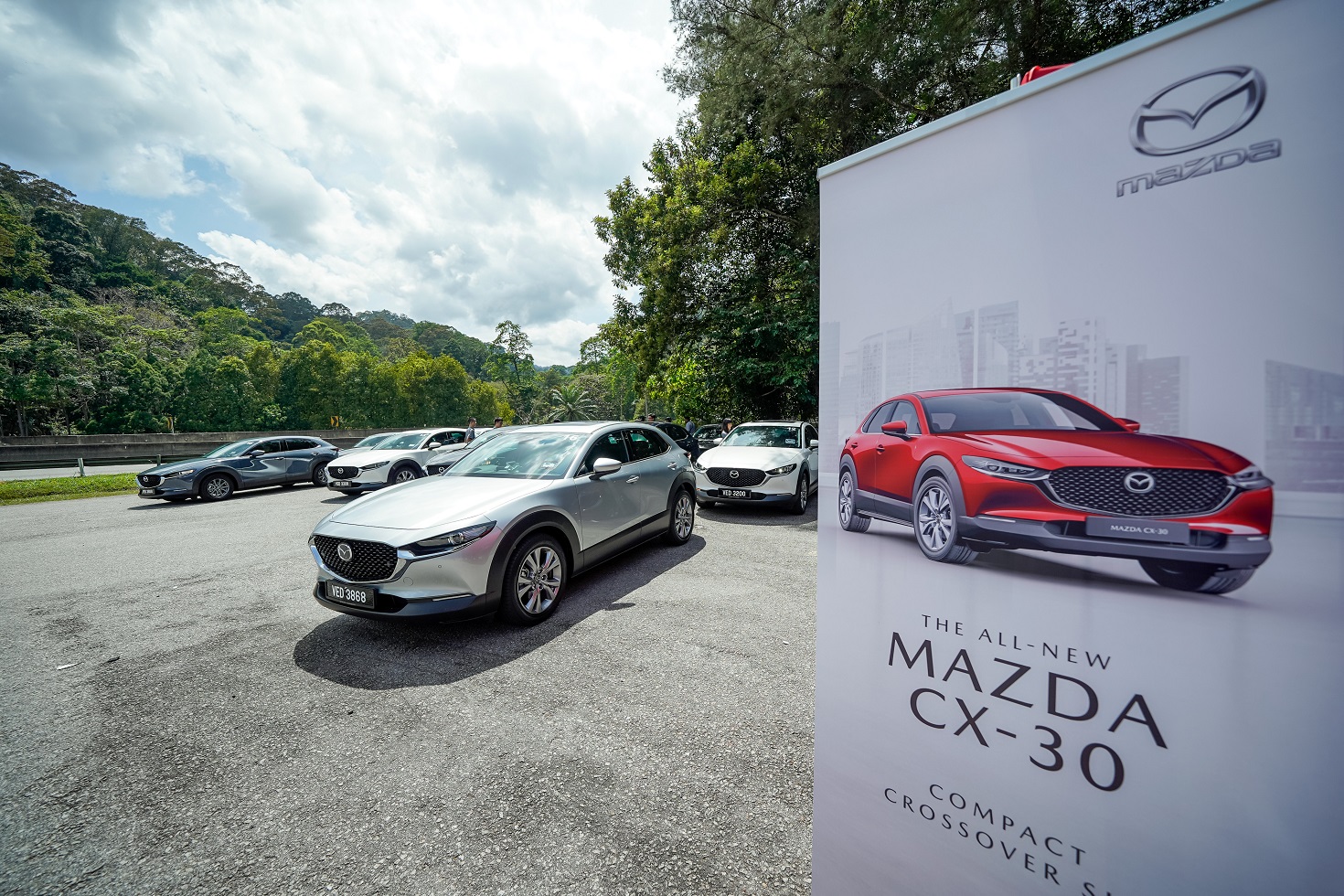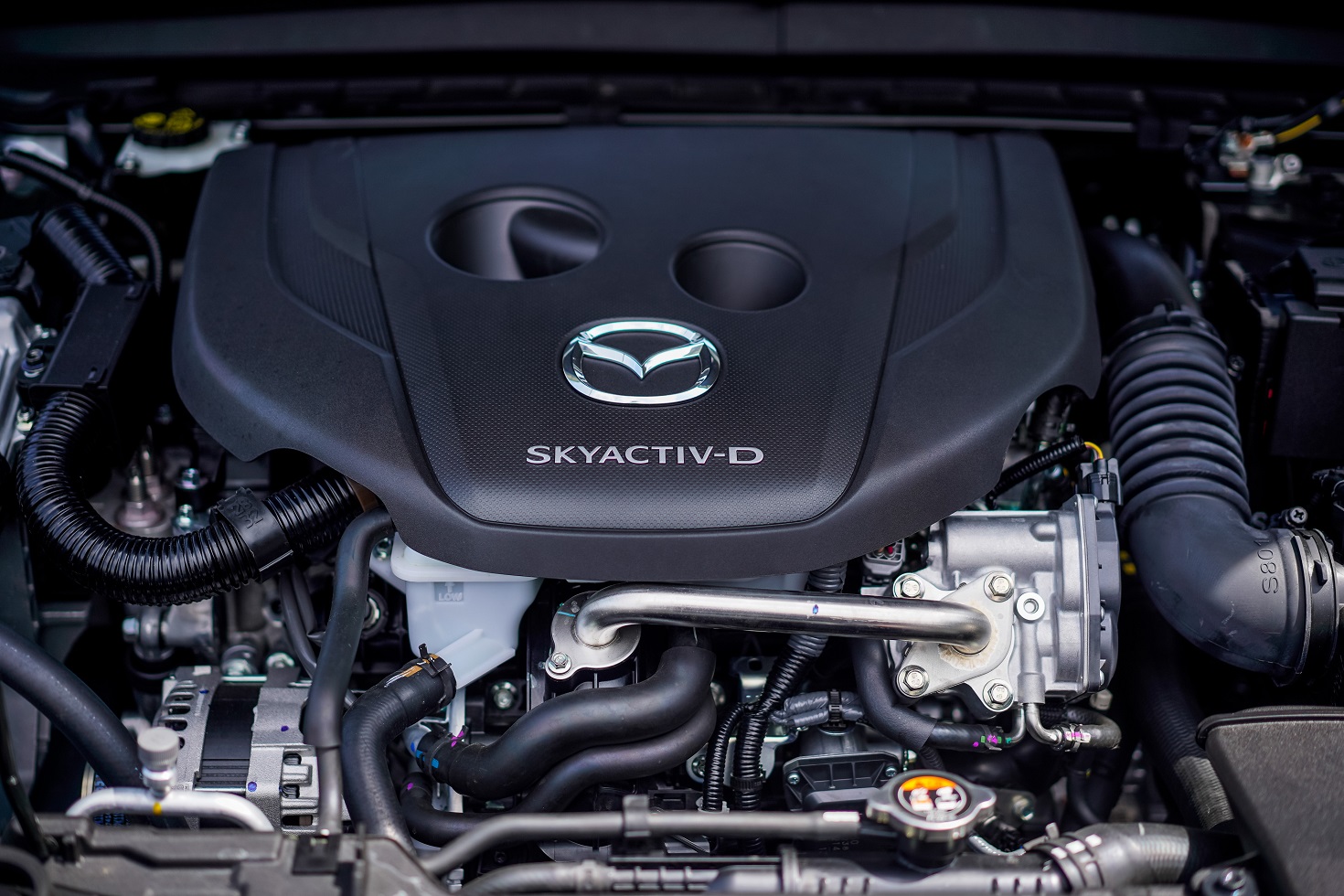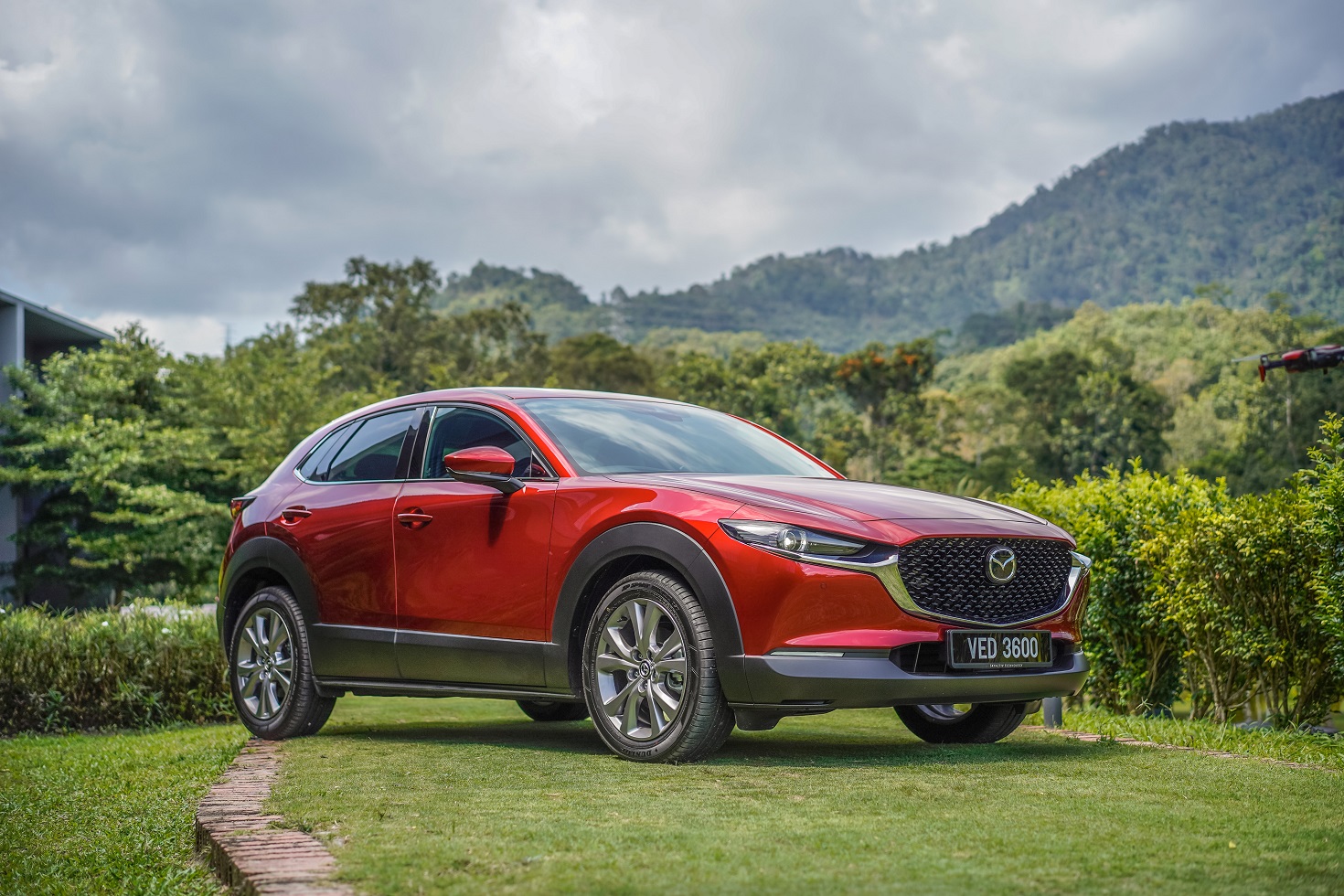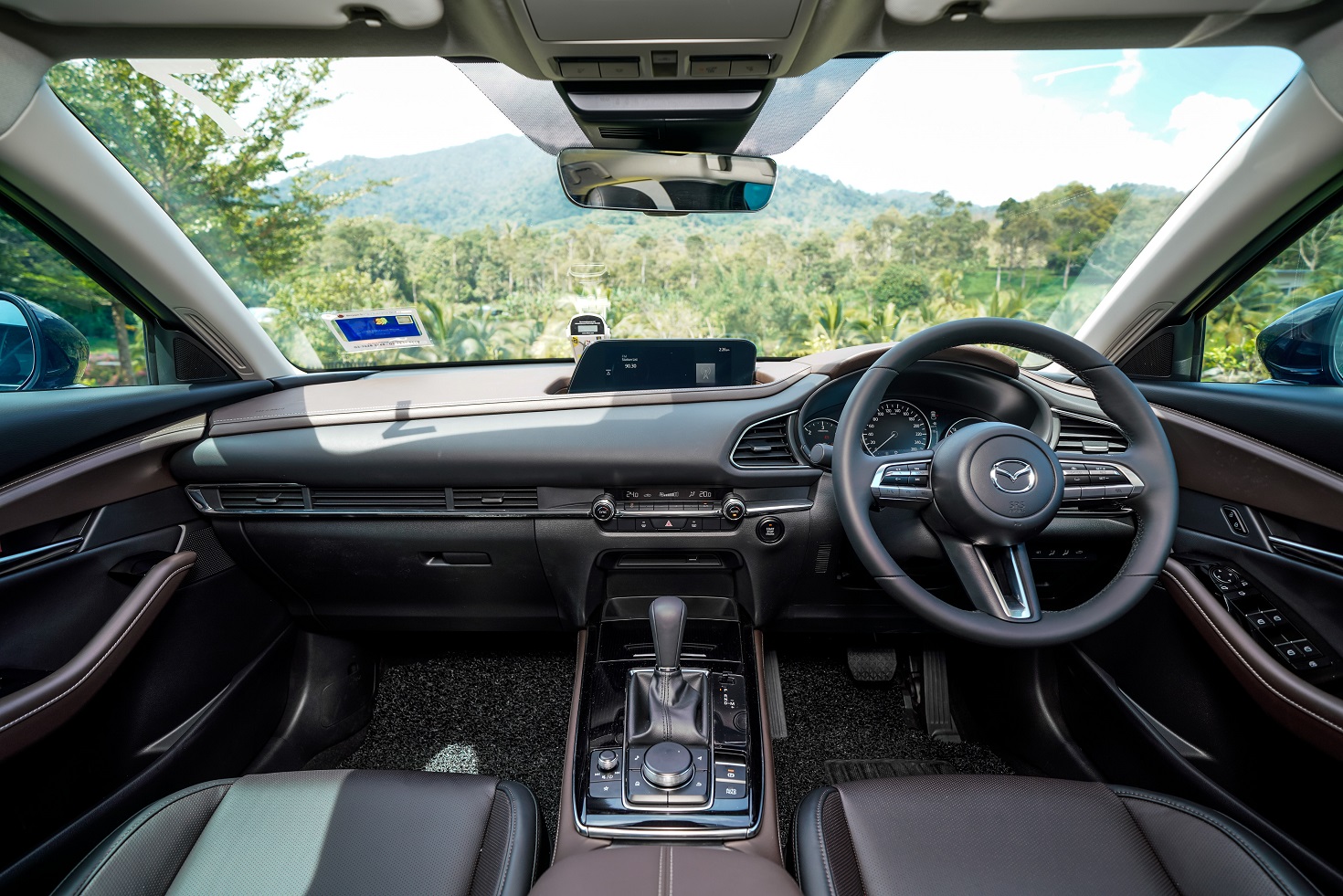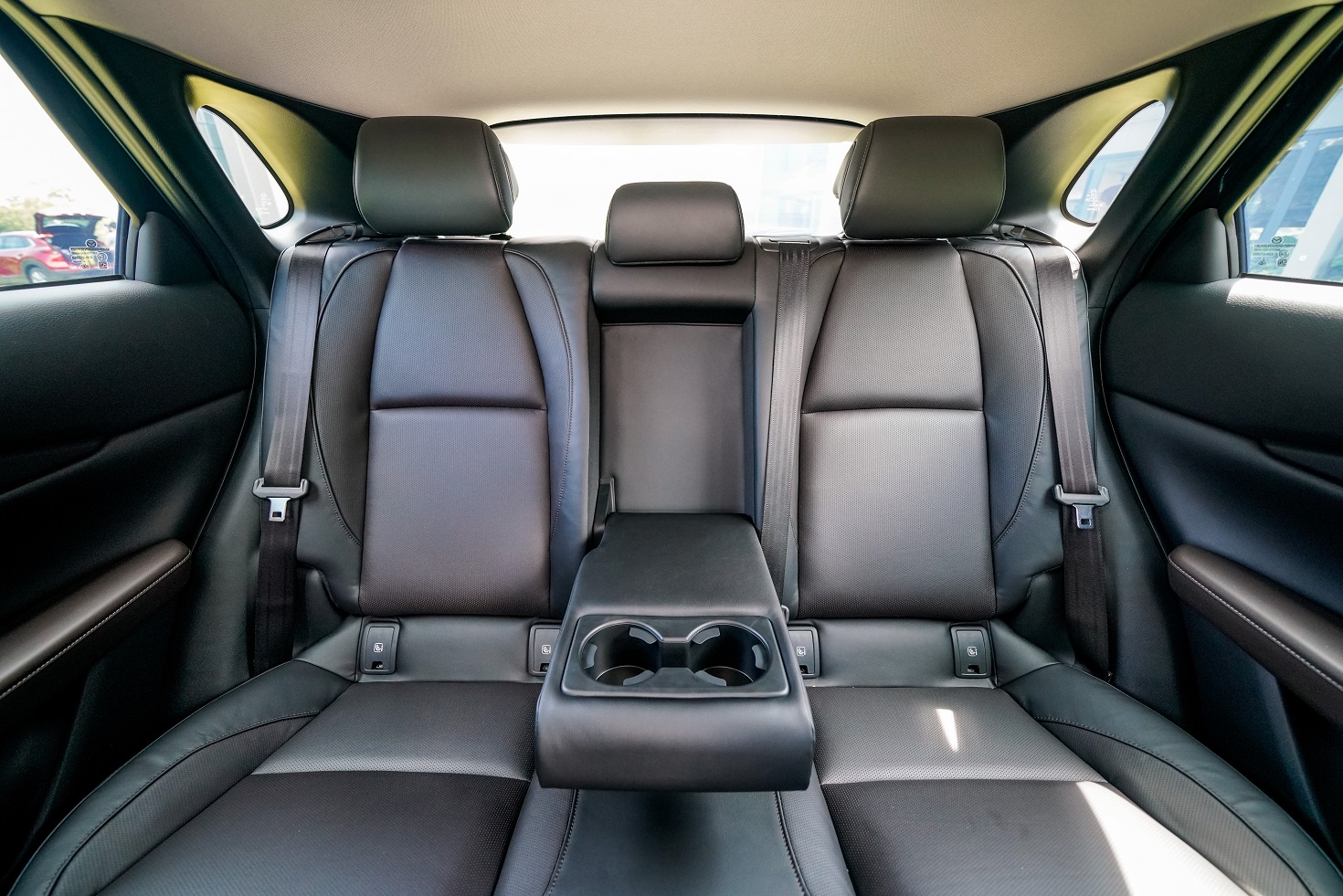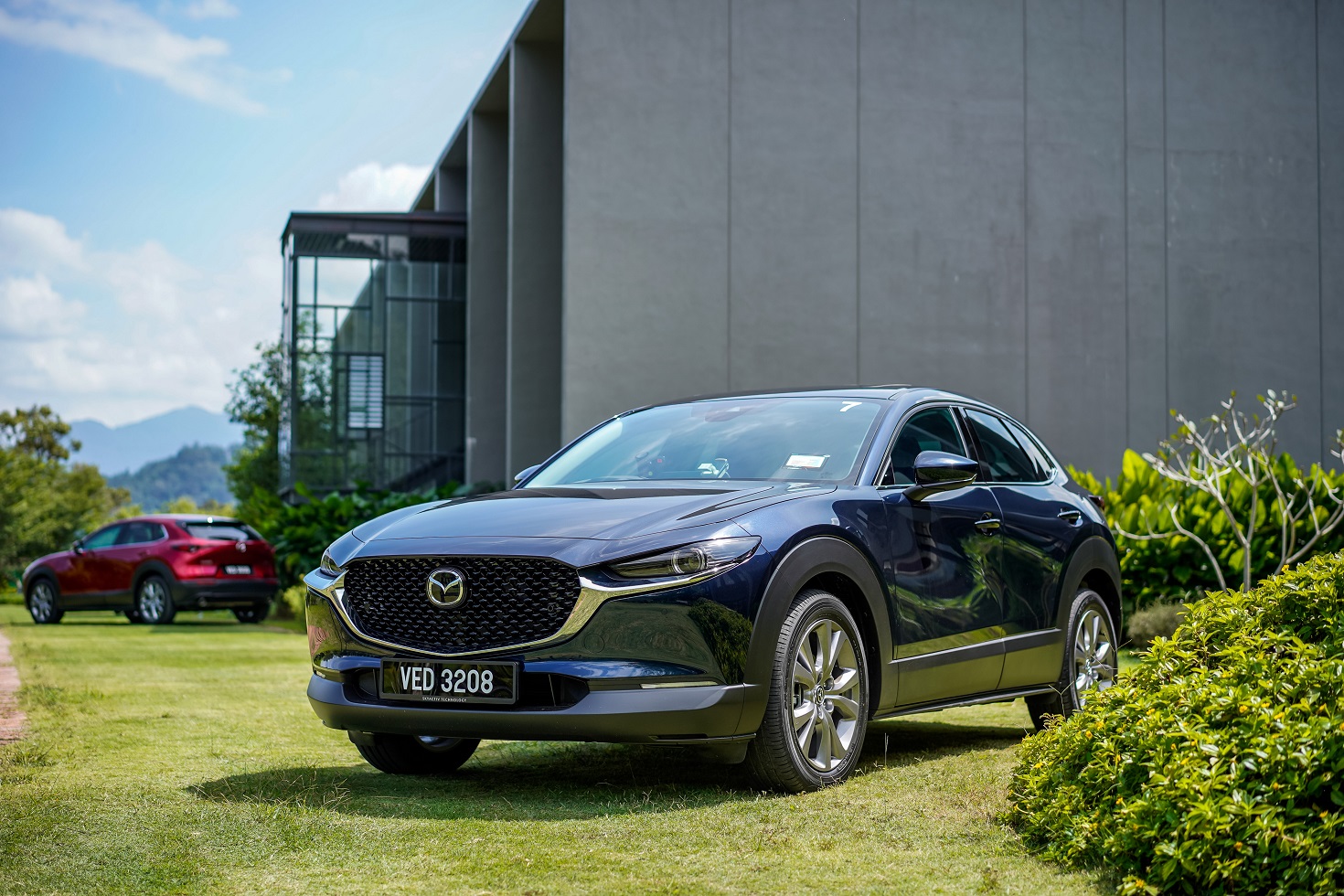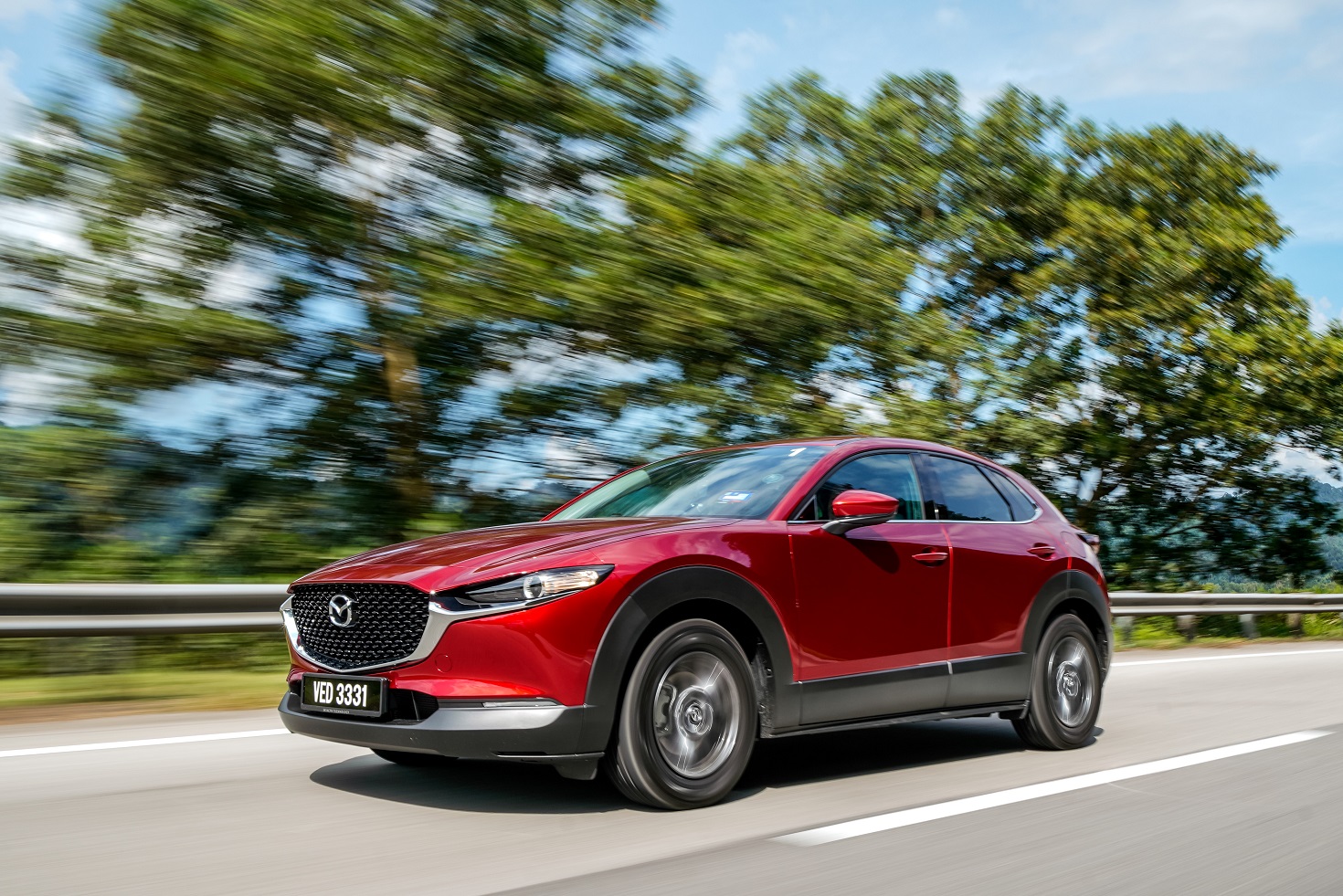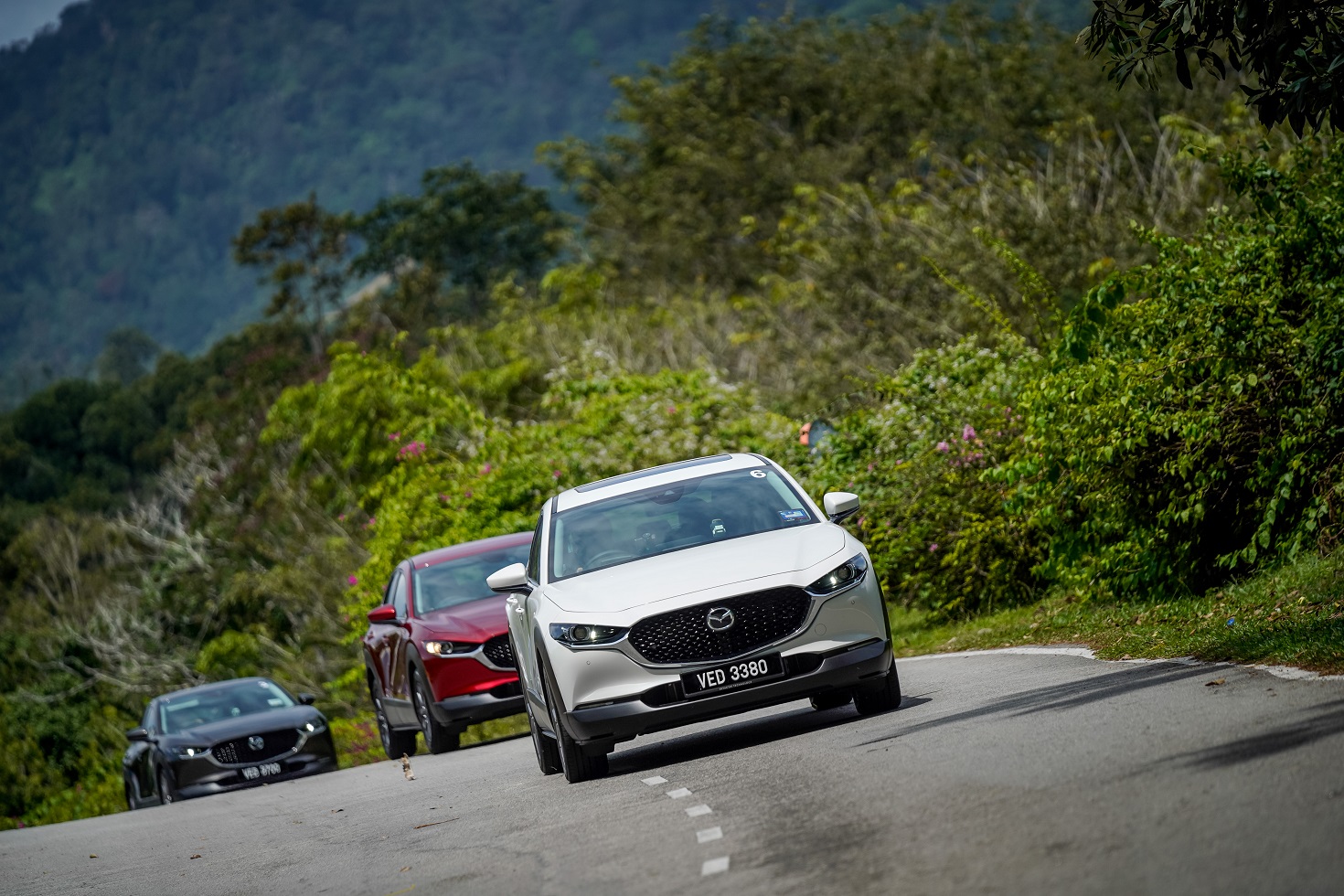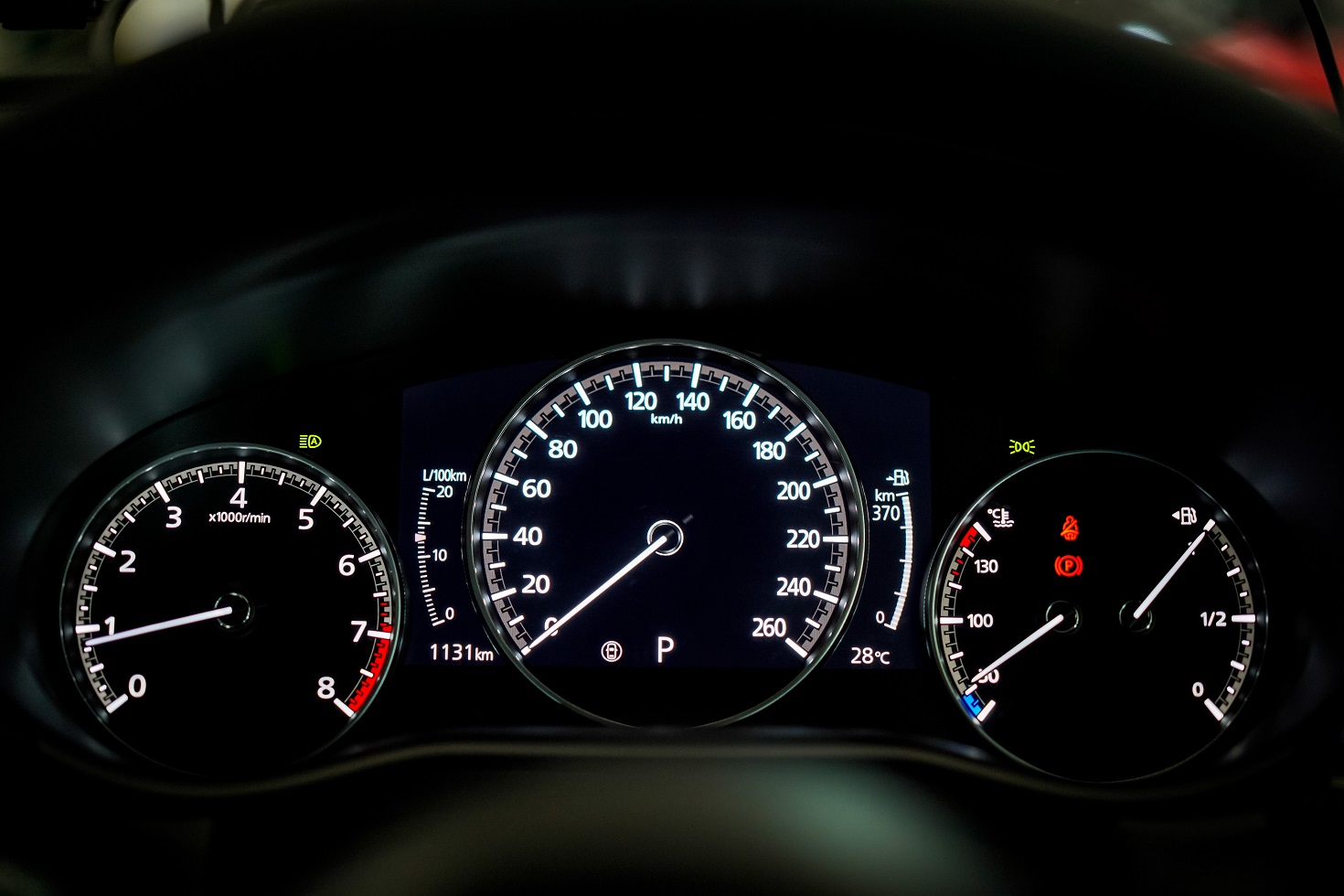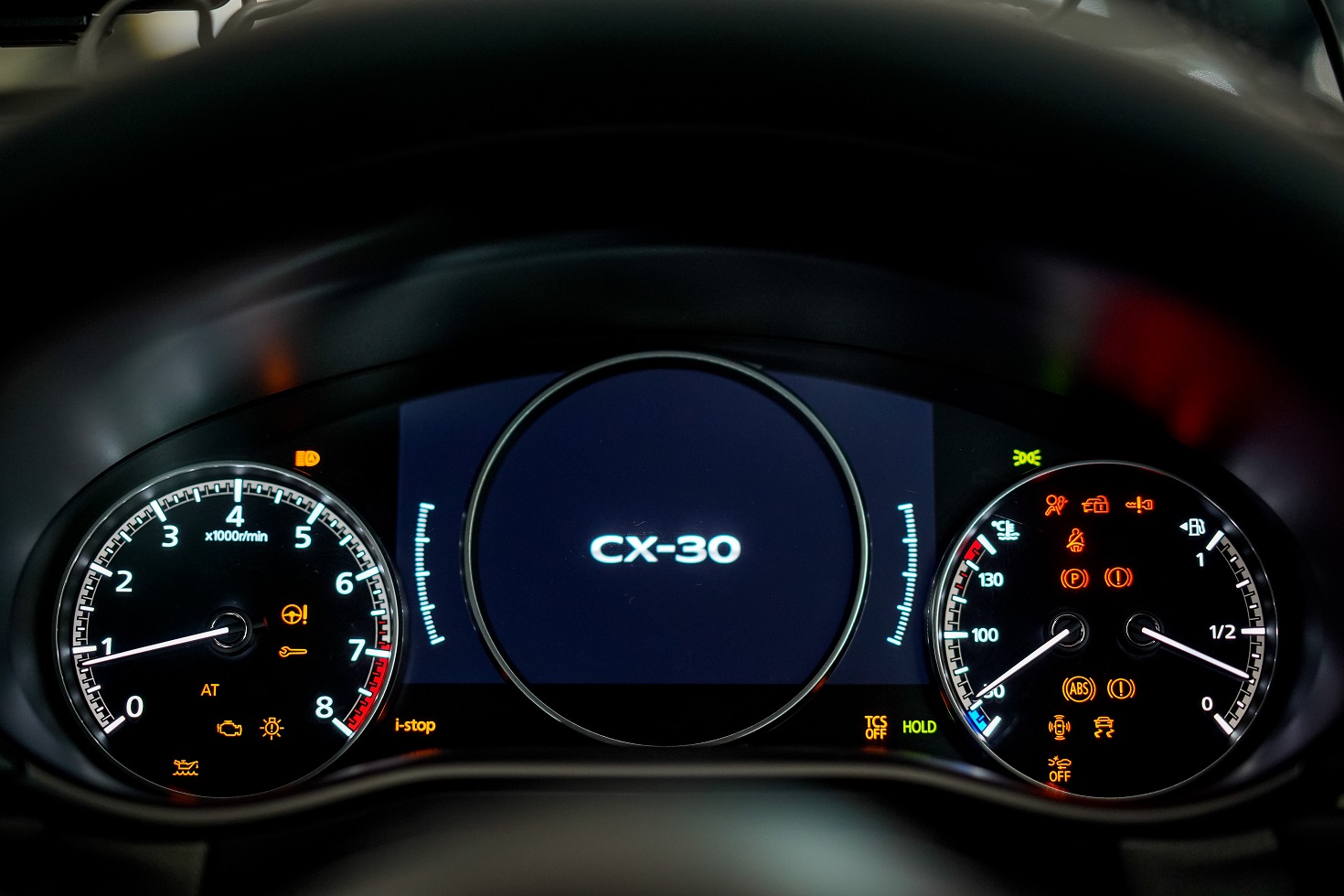2020 Mazda CX-30: "World’s safest car" tested in Malaysia
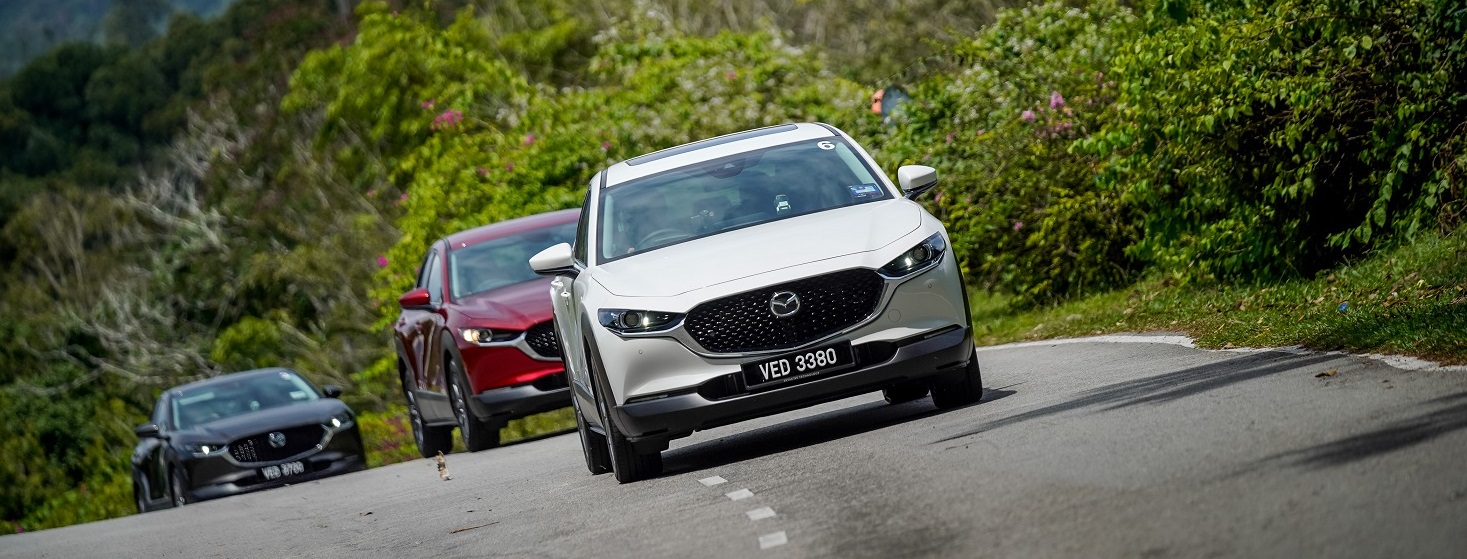
Mazda CX-30? Is it 10 times bigger or better than the Mazda CX-3?
Nope. The CX-30 is actually positioned just one rung higher than the CX-3 in size, slotting right below the CX-5. Numerical law dictates that the crossover’s natural name should have been CX-4, but that un-prosperous number is already used for a China-exclusive model (the irony), hence an entirely new naming convention that could spawn the likes of CX-50 and CX-90 in the future. But despite its sub-CX-5 packaging, the CX-30 is the pricier SUV of the two on the grounds of being a full Japanese import, with its CBU prices ranging from RM143,059 to RM172,944 on-the-road without insurance.
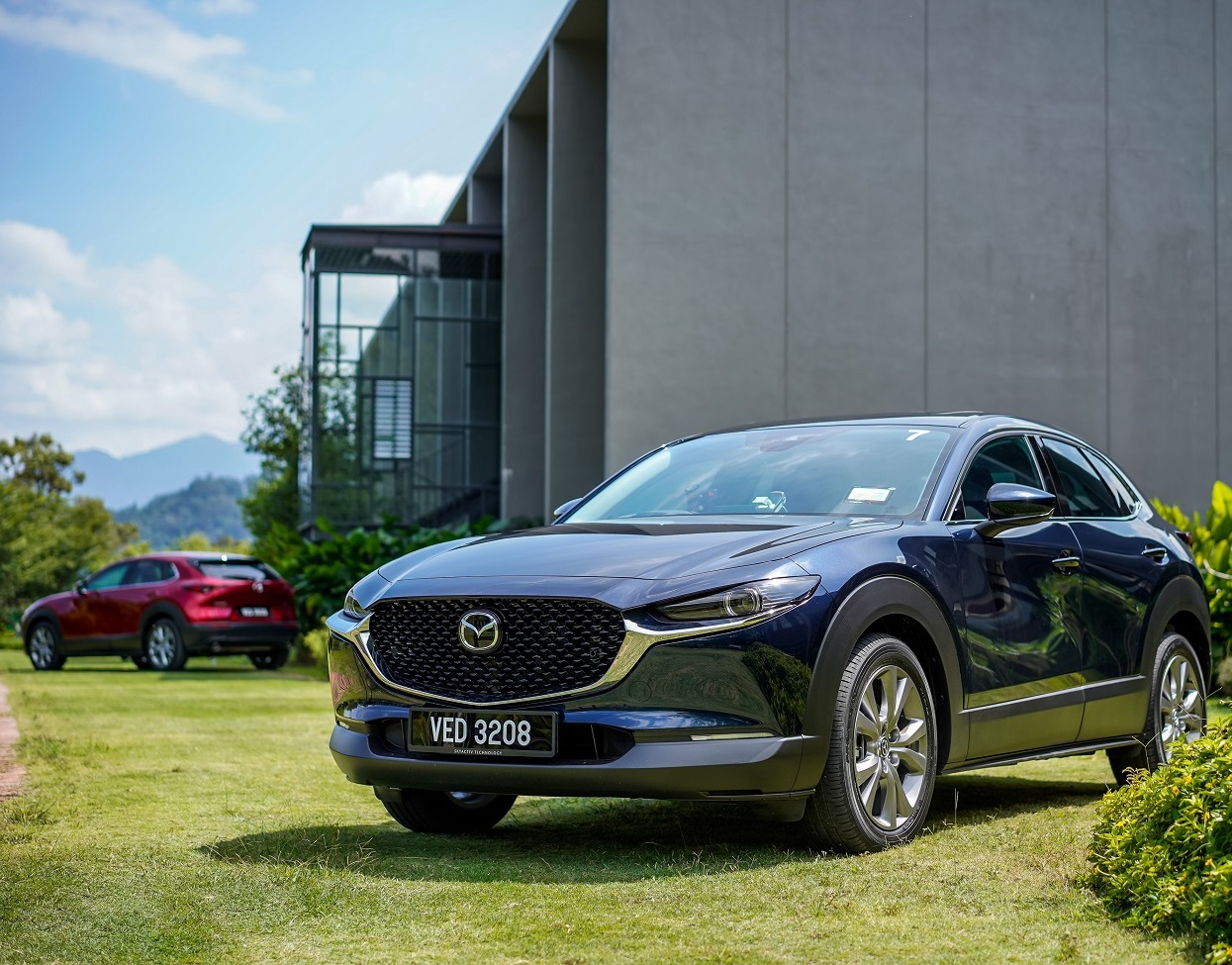
What can you get at the lower end of that spectrum?
RM143,059 will buy you the base 2.0 model, which happens to be the car we were assigned during a test drive from Putrajaya to Bentong and back. It shares the same SkyActiv-G petrol mill as the pricier 2.0 High, with items like LED headlights, keyless entry, i-Stop engine idling system and the new Mazda Connect infotainment system (compatible with Apple CarPlay and Android Auto) standard across the range. But you can tell it’s a cheaper car from its 16-inch alloys, halogen DRLs and fabric seats, while higher-spec luxuries like the automated tailgate, sunroof, electric seats and dual-zone climate control with rear vents were certainly missed during our day-long drive.
Is the base model fun to drive at least?
The Mazda CX-30 is essentially a rugged spinoff of the fourth-generation Mazda3, so the underpinnings are dynamically sound. Like its hatch/sedan sibling, it channels all of its naturally-aspirated 162bhp and 213Nm to the front wheels via a six-speed automatic, but some fine-tuning has been done to the powertrain to sync its output with the structural differences of the CX-30, which includes a shorter wheelbase than the Mazda3 (2,655mm vs 2,725mm).
At 1,441kg, the base CX-30 is also virtually as light as the Mazda3 2.0 hatch and it shows on the straights. It feels most spirited in the mid-range (2,500-4,000rpm) as torque begins to peak and G-Vectoring Control (GVC) Plus, which is standard across the CX-30 range, helps you stay on the throttle and in this rev band comfortably to keep the momentum going; let’s face it, you’ll have to splurge on the range-topping 1.8 diesel with 270Nm if low-end shove is ultimately what you’re after.
Does anything feel “Jinba-Ittai” or “Zoom-zoom” in the CX-30?
No new Mazda is complete without an extra dash of driver engagement and entertainment to differentiate it from its peers, and the CX-30 is no exception. Here, it is the strikingly light and responsive steering that stands out from the get go. It’s brilliant for enthusiasts who enjoy pouring hours into getting their gymkhana runs absolutely spot on. But it’s a different story when you’re trying to maintain some semblance of haste on the Karak highway’s notorious bends – the rack’s hypersensitivity makes for a jittery experience that keeps the driver on the edge too much for our liking.
Just slow down, then.
And here we open the door to the next potential issue. We say “potential” because it really depends on what you’re looking for in a car. Like the steering, the brakes also feel like they were engineered by people whose daily footwear read OMP on the sides. Braking power is spread evenly across the pedal’s full travel, making it a very progressive setup that’s perfect for purists who do a lot of trail-braking.
If you’re used to the average city car that’s quick to give you near-maximum stoppage without needing to floor the brakes, the linearity in the CX-30 can be a cause for alarm when decelerating from three-digit speeds. But there’s really no need to panic when you’re at the wheel of the "safest car in the world".
Isn’t the safest car in the world a Volvo?
The rest have caught up, especially Mazda. In November last year, Euro NCAP gave the CX-30 a score of 99 percent in adult occupant protection – the highest score ever awarded in this key category – and a five-star overall safety rating. Much of this owes to the structural integrity of the CX-30, so you’re well protected even if you opt for the base model. Items like ABS, stability control, traction control and six airbags are standard across the range after all. But you do get advance safety tech like blind spot monitors, lane keep assist, radar-based cruise control and AEB for the front and rear in the pricier ‘High’ variants. That last bit is particularly useful in tight car parks and households with many children and pets; a potential life-saver when backing up for sure.
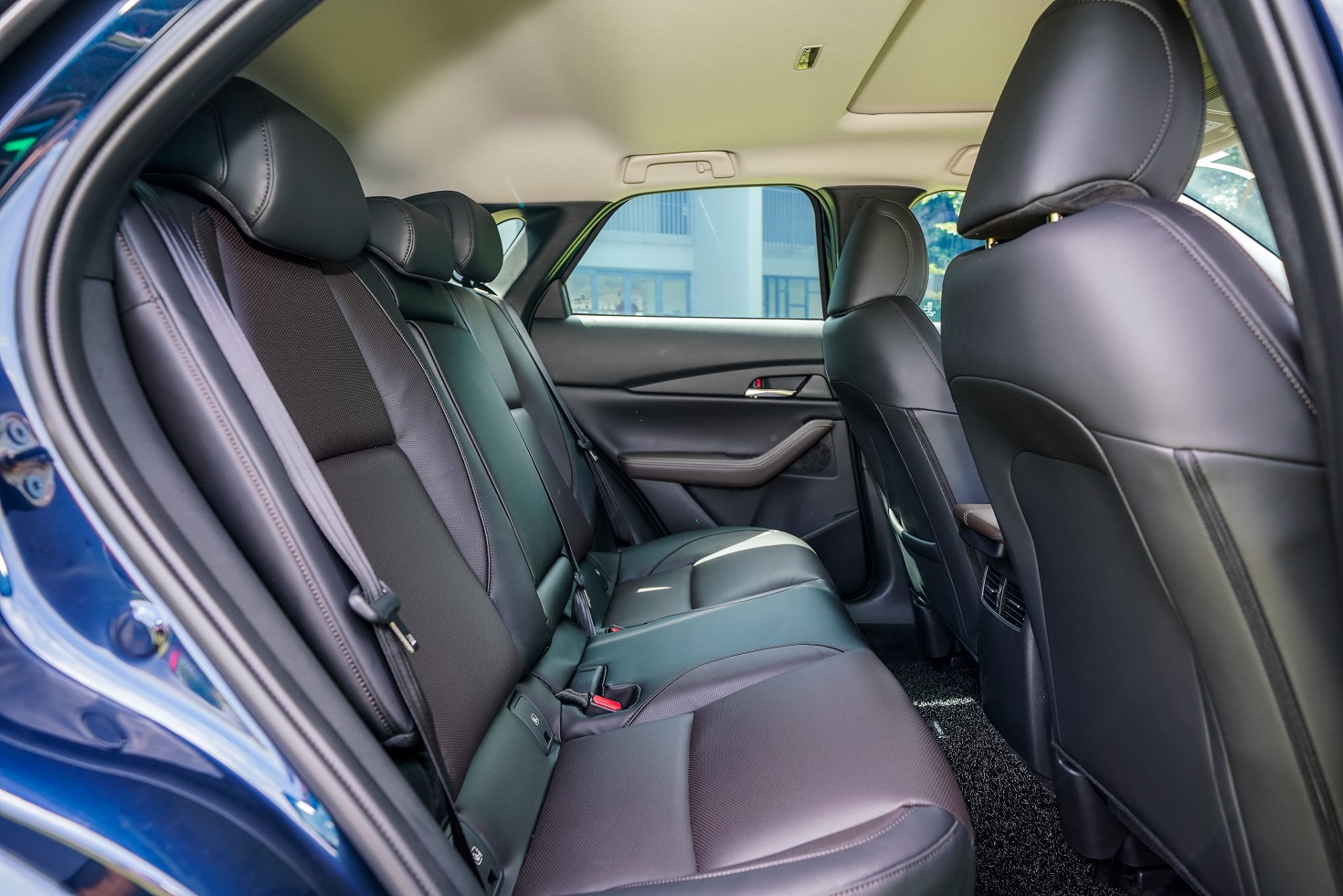
Anything else I should know about the CX-30?
If you’re buying an SUV for practicality and versatility reasons, the bigger and cheaper CX-5, which can also be had with AWD, is probably the better all-rounder. Though evidently a more mature package than the CX-3 which also occupies a bigger footprint, the CX-30 doesn’t feel a whole lot more spacious inside. Its boot is certainly bigger than the CX-3’s, but the rear quarters won’t impress you if you’ve already scoped out alternatives like the Honda HR-V and even the Proton X70.
Then again, as its convention-defying name suggests, the CX-30 doesn’t exactly play by the rules of SUV segments we think we know today. It may even confuse buyers who were already set on buying a CX-3 or a CX-5 before this, such is the middle ground it skirts between their respective categories. In a showroom full of SUVs that look similar, the CX-30’s unique silhouette is an undeniable crowd puller. It helps that the aesthetic appeal is backed by high kit count (for higher-end models) and a drive that’s solid for the most part, minor quirks aside.
I’m convinced, but I’ll wait for the CKD to save some money. It’s coming right?
Possibly. Mazda Malaysia has indicated that local assembly is on the cards and is something it will look into more seriously once it achieves its 2020 sales target of 3,000 units for the CX-30. So it’s a chicken-and-egg situation, really. Malaysians will have to buy the car as a CBU first before they can enjoy it at CKD prices.
So, will you be one of the early adopters?
